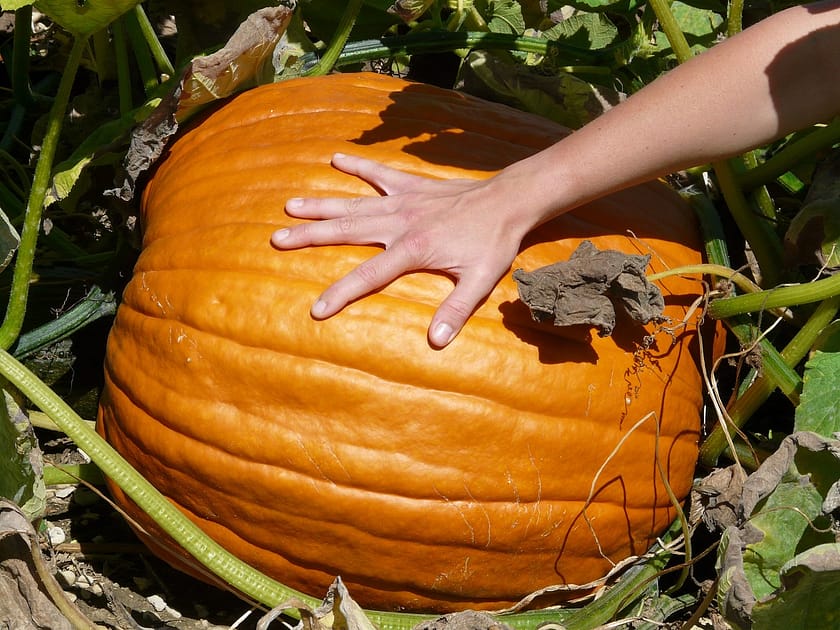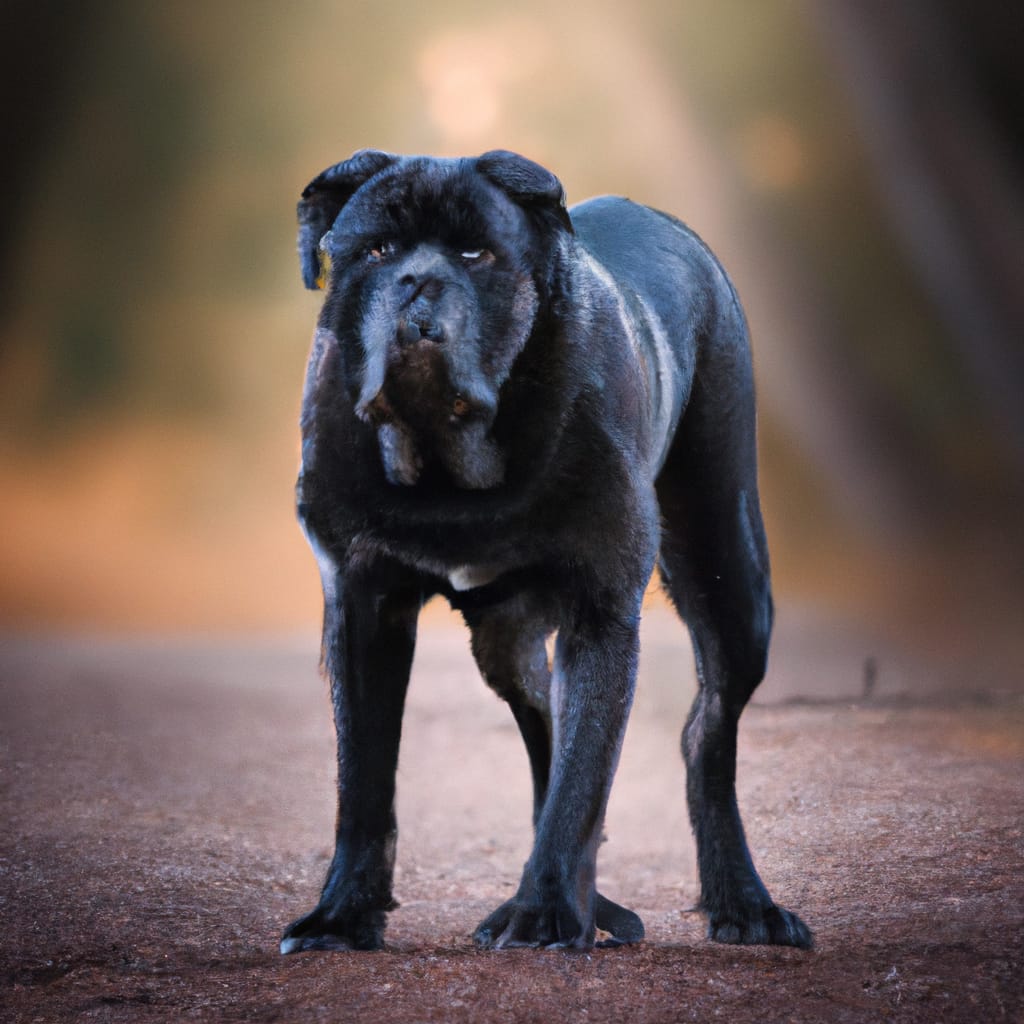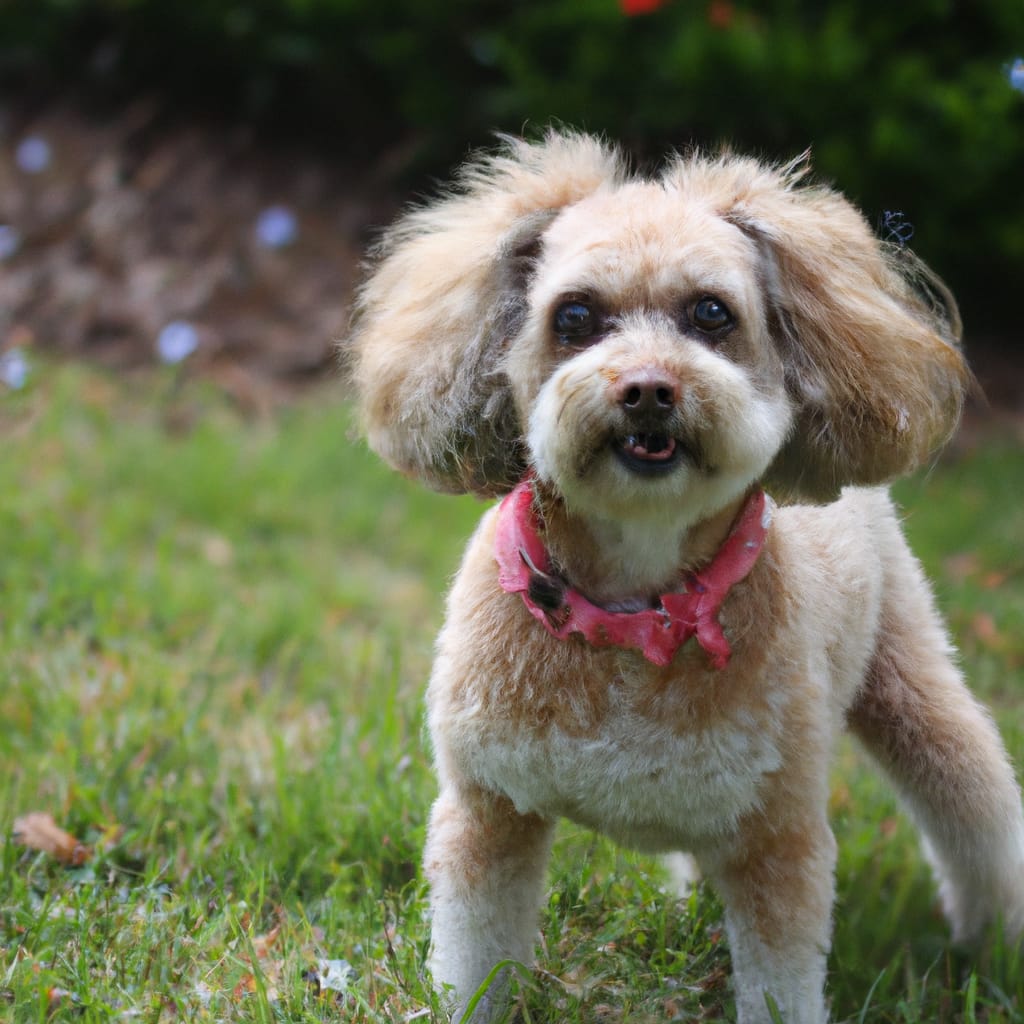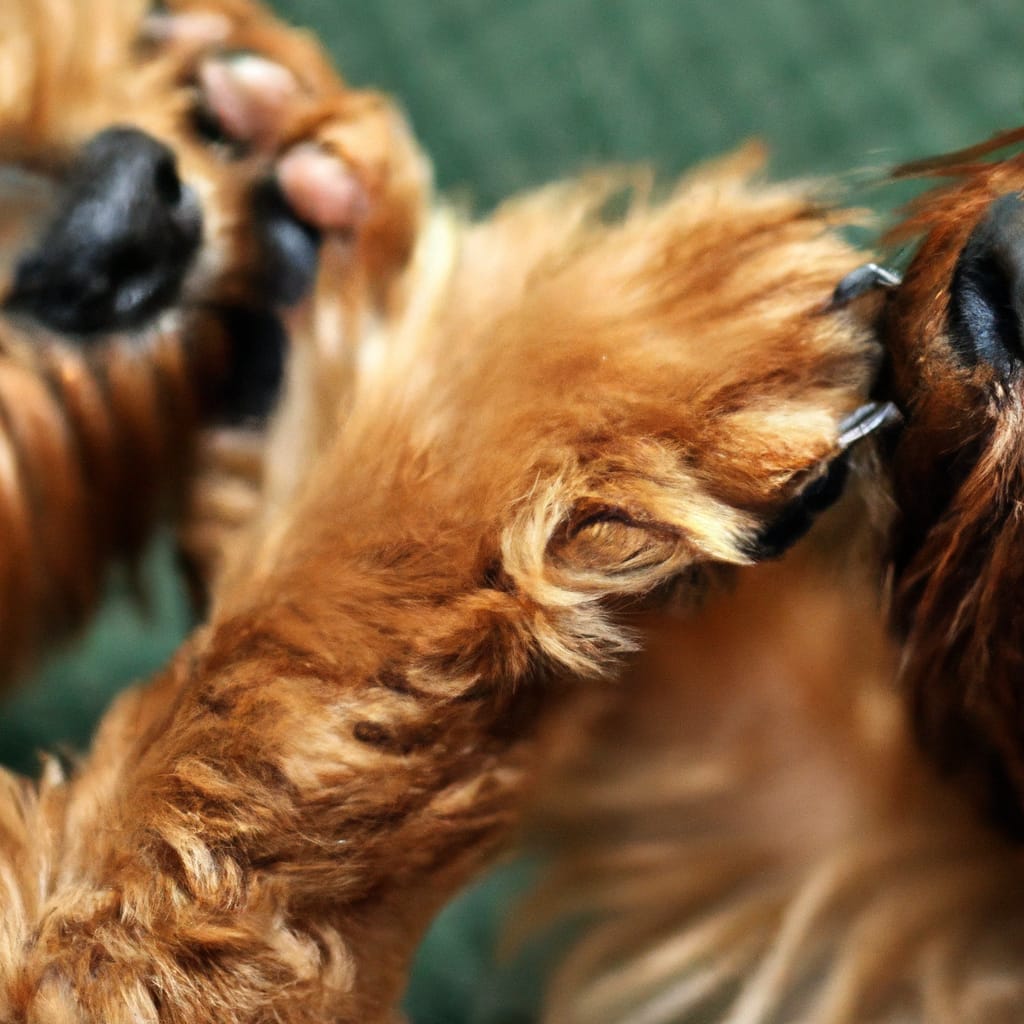Shih Tzu Vs Lhasa Apso: Breed Differences & Similarities
Are you a dog lover who can’t decide between a Shih Tzu and a Lhasa Apso? Look no further! This article will provide you with a quick rundown of the key differences and similarities between these two adorable breeds. Whether you’re looking for a loyal companion or a low-maintenance pet, we’ve got you covered. Let’s decode the unique characteristics of Shih Tzus and Lhasa Apsos to help you make an informed decision and find your perfect furry friend.

Physical Appearance
Size
Both the Shih Tzu and Lhasa Apso are small breeds, but they have slight differences in size. The average Shih Tzu typically weighs between 9 to 16 pounds and stands around 9 to 10.5 inches tall at the shoulder. On the other hand, Lhasa Apsos are slightly larger, weighing between 12 to 18 pounds and measuring 10 to 11.5 inches in height. Despite these slight variations, both breeds are compact and have a sturdy build.
Body Structure
Both the Shih Tzu and Lhasa Apso have a well-balanced body structure. They have a broad chest, strong legs, and a level topline. Their bodies are slightly longer than they are tall, giving them a rectangular appearance. One noticeable difference is the Shih Tzu’s slightly rounder, broader skull compared to the Lhasa Apso’s more elongated head. Additionally, the Shih Tzu has a shorter muzzle and a slightly more pronounced underbite.
Coat
One of the most distinguishing features of both the Shih Tzu and Lhasa Apso is their luxurious coats. The Shih Tzu’s coat is long and flowing, often reaching the ground if left untrimmed. It is double-layered, with a soft and dense undercoat and a long, silky outer coat. The Lhasa Apso’s coat is also long and dense, but it has a thicker and straighter texture compared to the Shih Tzu. Both breeds require regular grooming to prevent matting and to keep their coats looking healthy and beautiful.
Facial Features
The Shih Tzu and Lhasa Apso have adorable and distinctive facial features. They both have large, round, and expressive dark eyes, which give them an alert and affectionate expression. The Shih Tzu’s eyes are slightly more prominent, often described as “bug-like,” while the Lhasa Apso’s eyes have a slightly almond shape. Both breeds have a coat that falls over their eyes, adding to their cute and captivating appearance. They also have a short, broad muzzle and a black nose, contributing to their adorable and friendly look.
Temperament
Overall Personality
Both the Shih Tzu and Lhasa Apso have charming and affectionate personalities. They are known for their loyalty and devotion to their families. Although they are small in size, they have big hearts and make excellent companions. Shih Tzus are known for their outgoing and friendly nature, often seeking attention and affection from their owners and strangers alike. Lhasa Apsos, on the other hand, are usually more reserved and independent, forming a strong bond with their families but often being more aloof with strangers.
Energy Level
In terms of energy level, both breeds are relatively similar. They are moderate-energy dogs that enjoy a good balance of playtime and relaxation. While they may have bursts of energy and enjoy a romp in the yard or a playful game indoors, they are not overly active or high-strung. Regular exercise, such as daily walks and interactive play sessions, is essential to keep them mentally and physically stimulated.
Trainability
Both the Shih Tzu and Lhasa Apso are intelligent breeds, but they can have slightly different temperaments when it comes to training. Shih Tzus can be a bit stubborn and independent, requiring a patient and consistent approach to training. Positive reinforcement methods, such as treats and praise, work well with this breed. Lhasa Apsos, on the other hand, are known to be more sensitive and eager to please. They respond well to gentle, reward-based training techniques and enjoy using their intelligence to learn new tricks and commands.
Socialization
Both breeds benefit greatly from early socialization. Socialization helps them become well-rounded and confident dogs, comfortable in various environments and around different people and animals. Shih Tzus and Lhasa Apsos can be prone to developing anxiety or fearfulness if not properly socialized from a young age. Exposing them to different sights, sounds, smells, and experiences in a positive and controlled manner will help them grow into friendly and well-adjusted companions.
Grooming and Maintenance
Coat Care
Both the Shih Tzu and Lhasa Apso have high-maintenance coats that require regular care to keep them looking their best. Their long, flowing coats are prone to tangling and matting, so daily brushing is necessary to prevent these issues. Special attention should be given to areas such as behind the ears, under the armpits, and around the tail, where mats are more likely to form. Using a slicker brush or combing through the coat with a detangling spray can help keep their fur in good condition.
Bathing and Brushing
Due to their long coats, both breeds require regular bathing as part of their grooming routine. It is recommended to bathe them every three to four weeks, using a gentle dog shampoo that suits their sensitive skin. After bathing, thorough drying is essential to prevent skin issues, so using a blow dryer on a low heat setting is recommended. In addition to regular bathing, daily brushing helps to maintain the health and appearance of their coats.
Haircuts
Professional grooming is highly recommended for both Shih Tzus and Lhasa Apsos to keep their coats at a manageable length. Shih Tzus are often kept in a shorter “puppy cut” or a longer, more traditional “show coat” that requires more grooming. Lhasa Apsos can be groomed in a shorter “puppy” or “teddy bear” cut, or they can be left with a longer, flowing coat. Discussing your preferences with a professional groomer will help determine the best haircut for your dog’s needs and your desired level of maintenance.
Maintenance Requirements
Both breeds have specific maintenance requirements that should not be overlooked. Regular grooming sessions, including brushing, bathing, and coat trimming, are essential to keep their coats healthy and manageable. Additionally, their eyes and ears should be checked regularly for signs of infection or irritation. Routine dental care, such as brushing their teeth and providing dental chews, helps maintain their oral hygiene. Trimming their nails regularly is also necessary to prevent discomfort or issues with mobility.
Exercise Needs
Activity Level
Despite being small in size, both the Shih Tzu and Lhasa Apso require a moderate amount of daily exercise to stay healthy and happy. They have a fair amount of energy and enjoy playtime, but they do not have the same exercise needs as high-energy breeds. Short walks, interactive play sessions, and mentally stimulating activities, such as puzzle toys or training exercises, are usually sufficient to meet their exercise needs.
Exercise Requirements
Regarding exercise requirements, both breeds have similar needs. They are adaptable and do well in various living environments, including apartments and houses with limited outdoor space. While they enjoy daily walks, they are not overly demanding in terms of exercise. However, it is important not to underestimate the importance of mental stimulation. Engaging them in brain games and providing them with interactive toys will help keep them mentally stimulated and prevent boredom.
Playfulness
Both the Shih Tzu and Lhasa Apso have a playful side and enjoy spending time with their owners. They often have a sense of humor and can be entertaining to watch as they engage in various playful behaviors. Whether it’s chasing a toy, playing hide-and-seek, or engaging in interactive games with their family members, these breeds have a knack for bringing joy and laughter to their households.
Outdoor vs Indoor
While they enjoy spending time outdoors, both breeds are suitable for indoor living as well. They are small enough to be comfortable in apartments and houses without large yards. However, it is important to note that they should not be left outside for extended periods, especially in extreme weather conditions. Both the Shih Tzu and Lhasa Apso thrive on human companionship and prefer to be close to their families, whether indoors or outdoors.

Health and Lifespan
Common Health Issues
Like all dog breeds, both the Shih Tzu and Lhasa Apso are prone to certain health issues. Shih Tzus can be prone to respiratory problems, dental issues, kidney problems, and eye conditions such as cataracts and progressive retinal atrophy (PRA). Lhasa Apsos may be predisposed to eye problems, such as cherry eye and progressive retinal atrophy, as well as allergies and skin irritations. Regular vet check-ups, a balanced diet, and proper grooming can help prevent or manage these health concerns.
Lifespan
On average, both the Shih Tzu and Lhasa Apso have a similar lifespan of 10 to 15 years. However, with proper care, some individuals may live even longer. Providing a nutritious diet, regular exercise, preventative veterinary care, and a loving environment can contribute to their overall health and longevity.
Genetic Predispositions
As with many purebred dogs, both the Shih Tzu and Lhasa Apso can have genetic predispositions to certain health conditions. Responsible breeders prioritize the health and well-being of their dogs and perform health testing on their breeding dogs to reduce the risk of passing on hereditary conditions. When considering a Shih Tzu or Lhasa Apso, it is important to choose a reputable breeder who conducts health testing and provides health guarantees for their puppies.
Vet Care
Regular veterinary care is crucial for the overall well-being of both breeds. Routine vaccinations, annual check-ups, and preventive measures, such as flea and tick control and heartworm prevention, should be part of their healthcare routine. Additionally, dental care, including regular teeth cleanings, is essential to maintain their oral health. Establishing a good relationship with a trusted veterinarian will ensure that your Shih Tzu or Lhasa Apso receives the necessary care throughout their life.
Family Compatibility
Suitability for Children
Both the Shih Tzu and Lhasa Apso can be great companions for families with children. However, due to their small size, they may be more suitable for families with older children who understand how to interact with dogs gently and respectfully. Supervision is always important when young children and small dogs are together to prevent accidental injury to either party.
Compatibility with Other Pets
Both breeds generally get along well with other pets, including dogs and cats, when properly socialized. Early and ongoing socialization with different animals can help them live harmoniously with furry siblings. It is important to introduce them to new pets gradually, using positive reinforcement techniques and closely monitoring their interactions. Each dog has its own unique personality, so individual introductions may vary.
Adaptability
Shih Tzus and Lhasa Apsos are known for their adaptability. They can adapt to various living situations, including apartments or houses with or without access to a yard. However, they thrive on human companionship and may become anxious or develop separation anxiety if left alone for long periods. Ensuring that they receive adequate mental and physical stimulation, as well as plenty of love and attention, will help them adapt to any living environment.
Separation Anxiety
Both breeds can be prone to separation anxiety if not properly trained and socialized. They form strong bonds with their families and prefer to be in their company as much as possible. Leaving them alone for extended periods without proper preparation can lead to destructive behaviors and excessive barking. Crate training and gradually increasing alone time, along with providing mental stimulation and reassuring them with toys and treats, can help alleviate separation anxiety.

Living Environment
Home Size Requirements
Both the Shih Tzu and Lhasa Apso can adapt to various home sizes. They are small breeds that do not require a large amount of space to move around comfortably. However, it is important to provide them with enough room to play and explore. They can thrive in both houses with yards and apartments, as long as they receive adequate exercise and mental stimulation.
Apartment Living
Both breeds are well-suited for apartment living. They do not have high exercise requirements and can adapt to smaller living spaces. However, daily walks and playtime should still be a part of their routine to prevent boredom and ensure they receive adequate stimulation. Additionally, living in an apartment may require more diligence in terms of housebreaking and managing their barking to maintain good relationships with neighbors.
Climate Preferences
Both breeds can adapt to various climates, but extreme temperatures should be avoided. Shih Tzus have a low tolerance for heat due to their flat faces and shortened airways, making them more prone to heatstroke. Similarly, Lhasa Apsos, with their heavy coats, may struggle to tolerate extremely hot weather. Taking precautions during hot weather, such as providing them with shade, access to water, and limiting outdoor activities during the hottest times of the day, is essential. In colder climates, it is important to provide them with appropriate winter attire to keep them warm.
Access to Outdoor Space
While both breeds can adapt to apartment living, they still require access to outdoor space for bathroom breaks and exercise. Whether it is a small enclosed yard, a nearby park, or regular leashed walks, outdoor access is essential for their well-being. It provides an opportunity for them to explore and engage with their environment, which helps stimulate their senses and prevent boredom.
History and Origins
Breed Origins
The Shih Tzu and Lhasa Apso both have intriguing histories and share a common origin. They are both ancient breeds hailing from Tibet, with the Shih Tzu being bred and cherished by Chinese royalty and the Lhasa Apso being a sacred dog of Tibet. The Shih Tzu is believed to have descended from crossing breeds such as the Pekingese and Lhasa Apso, while the Lhasa Apso has maintained its original form for centuries, dating back to 800 BC.
Historical Purpose
The Shih Tzu and Lhasa Apso were both bred for specific purposes in their native Tibet. The Shih Tzu served as prized companions and lapdogs for Chinese royalty, often living a life of luxury within palace walls. Lhasa Apsos, on the other hand, were highly valued as guardians of Tibetan monasteries. Their keen senses and protective nature made them well-suited for this role. Today, both breeds are primarily cherished as loving and loyal companions.
Popularity
Both the Shih Tzu and Lhasa Apso enjoy popularity around the world. The Shih Tzu consistently ranks high in popularity rankings, known for its adorable looks and friendly personality. The Lhasa Apso, although not as well-known as the Shih Tzu, also has a dedicated following of owners who appreciate its unique charm and independent spirit.
Recognition
Both breeds are recognized by major kennel clubs and canine organizations. The Shih Tzu is recognized by the American Kennel Club (AKC), the United Kennel Club (UKC), and other major kennel clubs worldwide. The Lhasa Apso is also recognized by the AKC, UKC, and various international kennel clubs. Both breeds participate in conformation shows where they are judged against breed-specific standards to assess their overall structure, appearance, and temperament.
Breed Standards
Official Breed Standards
Both the Shih Tzu and Lhasa Apso have official breed standards that dictate their ideal appearance and characteristics. These standards are established by kennel clubs and describe the specific traits that dogs of each breed should possess. These standards cover aspects such as size, body structure, coat type, facial features, and overall temperament. Breeders and judges refer to these standards to ensure that each dog adheres to the breed’s ideal traits.
Kennel Club Recognition
As mentioned earlier, both the Shih Tzu and Lhasa Apso are recognized by major kennel clubs, including the American Kennel Club (AKC). Kennel club recognition provides breeders and owners with important resources, connections, and opportunities to showcase their dogs. It also assures potential owners that a breeder’s dogs meet the breed standard and that they are acquiring a purebred dog.
Conformation Shows
Conformation shows are events where dogs are evaluated against their breed standards. Both the Shih Tzu and Lhasa Apso are eligible to participate in these shows. Competing in conformation shows allows breeders and owners to showcase the quality of their dogs and promotes the preservation and improvement of the breed. These shows often serve as a platform to educate the public about each breed and encourage responsible dog ownership.
Breed-specific Requirements
Due to their unique characteristics, each breed may have specific requirements that owners need to consider. For example, the Shih Tzu’s long flowing coat requires regular grooming, which can be time-consuming and costly. The Lhasa Apso’s dense and straight coat also necessitates regular maintenance to prevent matting. Potential owners of these breeds should familiarize themselves with their specific grooming needs, exercise requirements, and any other breed-specific considerations.
Cost and Availability
Price Range
Both the Shih Tzu and Lhasa Apso generally fall within a similar price range. However, prices can vary depending on factors such as the pedigree, lineage, and reputation of the breeder. On average, a Shih Tzu puppy can range from $700 to $1,500, while a Lhasa Apso puppy may cost between $800 and $1,500. It is important to be cautious of unusually low prices, as they may be associated with questionable breeding practices or health issues.
Availability
Both breeds are relatively popular and can be found through reputable breeders, rescue organizations, and sometimes even in local shelters. It is recommended to seek out responsible breeders who prioritize the health and well-being of their dogs, preferably those who are affiliated with kennel clubs. Conducting thorough research and visiting potential breeders or adoption centers is essential to find a healthy and well-socialized puppy or adult dog.
Rescue Organizations
For those interested in adopting a Shih Tzu or Lhasa Apso, rescue organizations specializing in these breeds can be a great resource. These organizations often have dedicated volunteers who rescue, rehabilitate, and rehome dogs in need. Adopting from a rescue organization not only provides a loving home for a dog in need but also offers the opportunity to find a dog whose temperament and personality align with the adopter’s lifestyle.
Breeders and Puppies
When considering a Shih Tzu or Lhasa Apso puppy, it is crucial to choose a reputable breeder. Responsible breeders prioritize the health and well-being of their dogs and conduct health testing on their breeding dogs to minimize the risk of hereditary conditions. Visiting the breeder’s facility, meeting the breeding dogs, and observing how the puppies are raised is important to ensure a positive and ethical breeding environment. A reputable breeder will also provide documentation of health testing, offer a health guarantee, and be available for ongoing support and guidance throughout the dog’s life.
In conclusion, while the Shih Tzu and Lhasa Apso share some similarities in size, temperament, and grooming needs, they also have distinctive traits that set them apart. Both breeds make wonderful companions and are well-suited for families, singles, and seniors alike. Whether you choose a Shih Tzu with its playful and outgoing nature or a Lhasa Apso with its more reserved and independent personality, both breeds offer unconditional love, loyalty, and a lifetime of joy.












